Case 17
- ‘No Ambush Visitors’
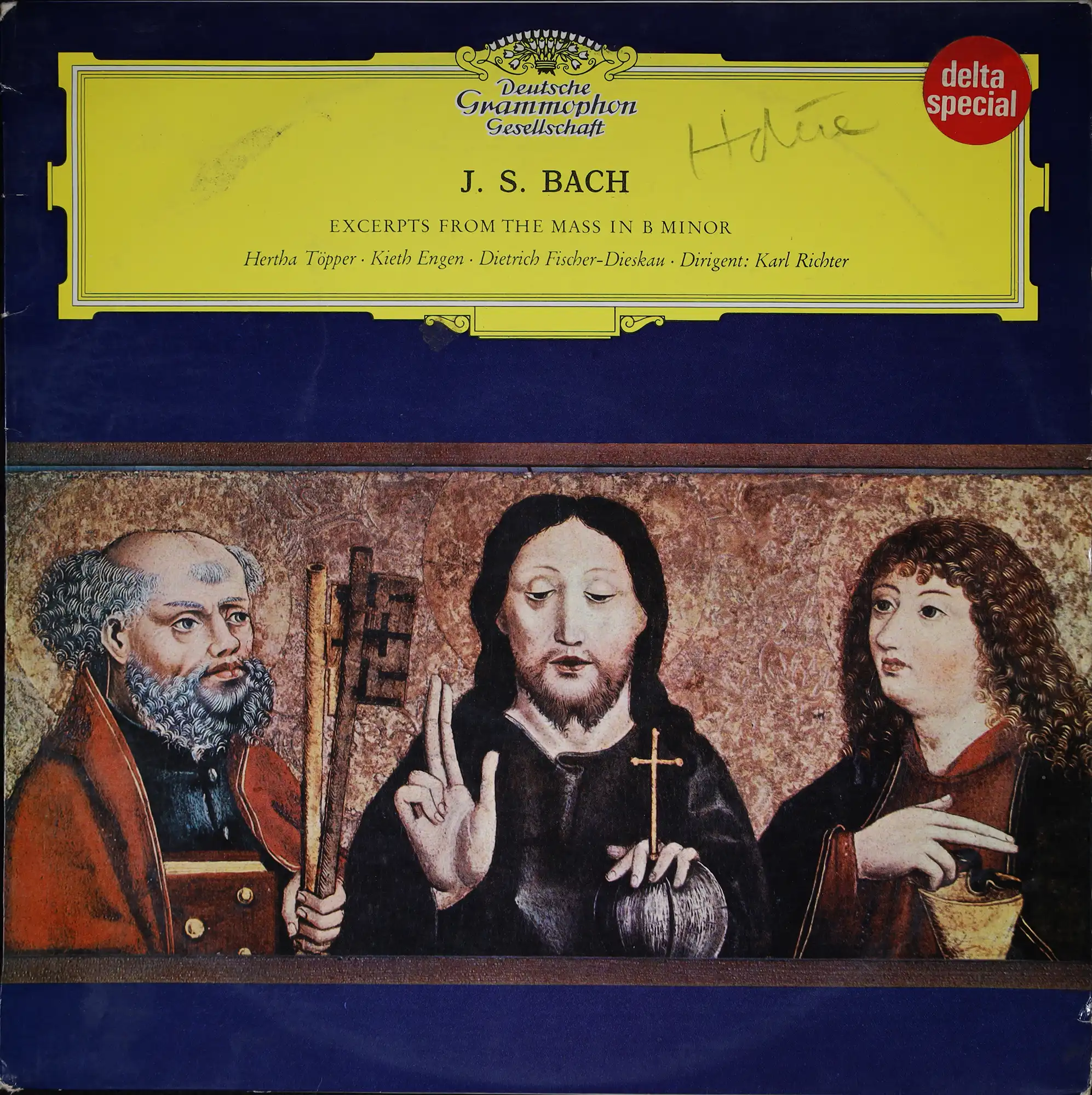
J.S. Bach, Excerpts from the Mass in B Minor. Deutsche Grammophon Gesellschaft. Wellington: Delta Trading Co, c.1970. SPRH Hotere Vinyl
In his Journals (1958-1973) Charles Brasch noted that whenever he went past 407 Castle Street, he heard classical music playing. This was a sure sign that Hotere – and possibly the artist Michael Smither, who shared the space – was in and listening to music while painting. Hotere did enjoy music and had an eclectic array of vinyl LPs: John Coltrane, Miriam Makeba, Charles Mingus, John Lee Hooker, J. S. Bach, Vivaldi, and others. Here is just one of his J. S. Bach records.

J.S. Bach, Excerpts from the Mass in B Minor. Deutsche Grammophon Gesellschaft. Wellington: Delta Trading Co, c.1970. SPRH Hotere Vinyl
Open image in new window
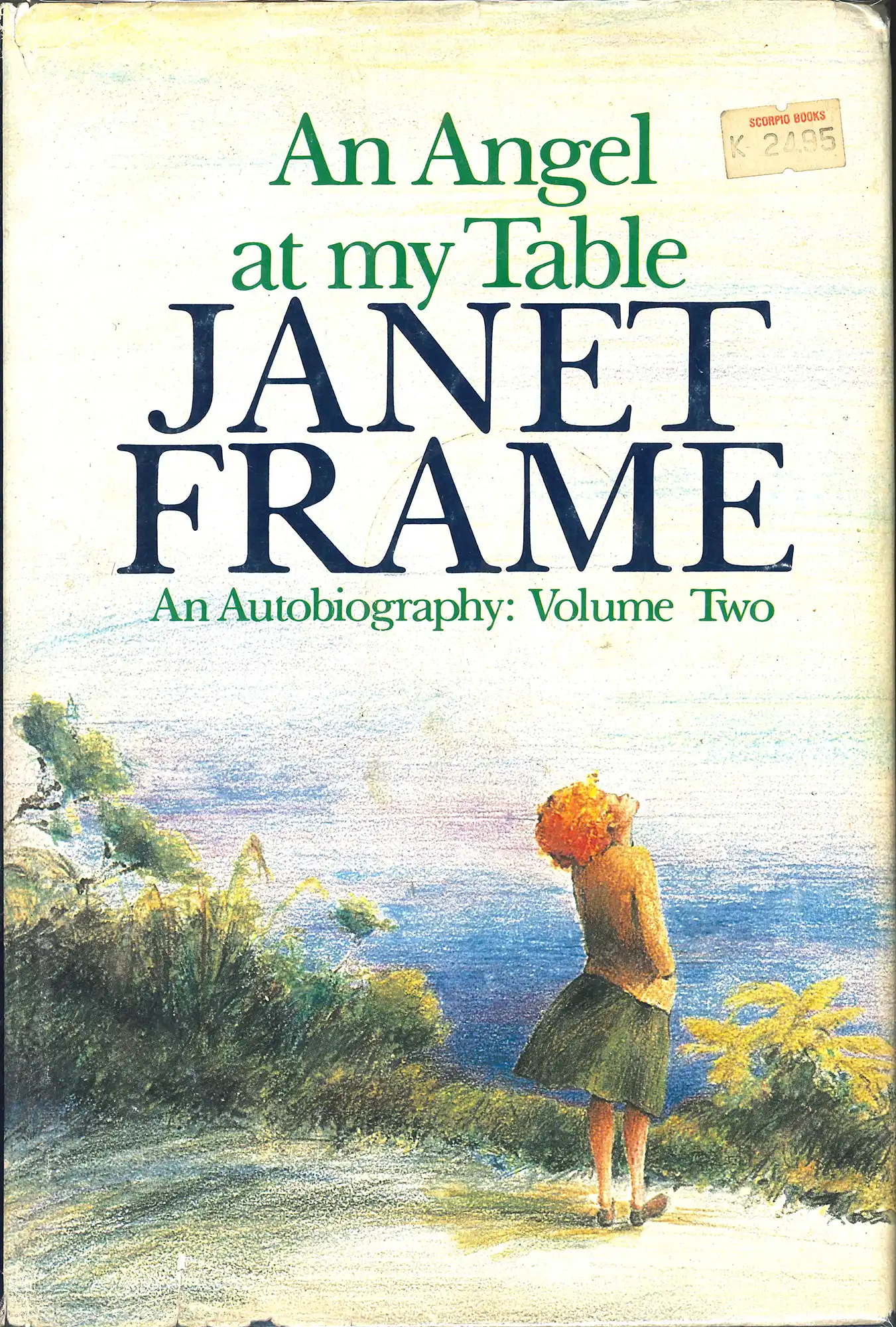
Janet Frame, An angel at my table. An autobiography: Vol. II. Auckland: Hutchinson, 1984. SPHR 823 FRA
It is not known whether Hotere read these two books by Janet Frame (1924-2004), the only two in his collection. However, he did mark ownership of them by signing a succinct ‘Hotere’ on the flyleaves. In August 1969, Charles Brasch wrote in his Journal of Hotere’s ‘quietness & shyness’ and added ‘he must have strong powers of endurance and survival’. Brasch was also pleased when he heard that Hotere had purchased his recent poetry book Not Far Off (1969), being one of only two buyers. Brasch’s Ambulando (1964) on display is a presentation copy from the poet to Rodney Kennedy (1909-1989), artist and drama tutor. Kennedy knew Hotere well; the latter working for the former on set designs (see case 16). No doubt it is an example of re-gifting.

Janet Frame, An angel at my table. An autobiography: Vol. II. Auckland: Hutchinson, 1984. SPHR 823 FRA
Open image in new window
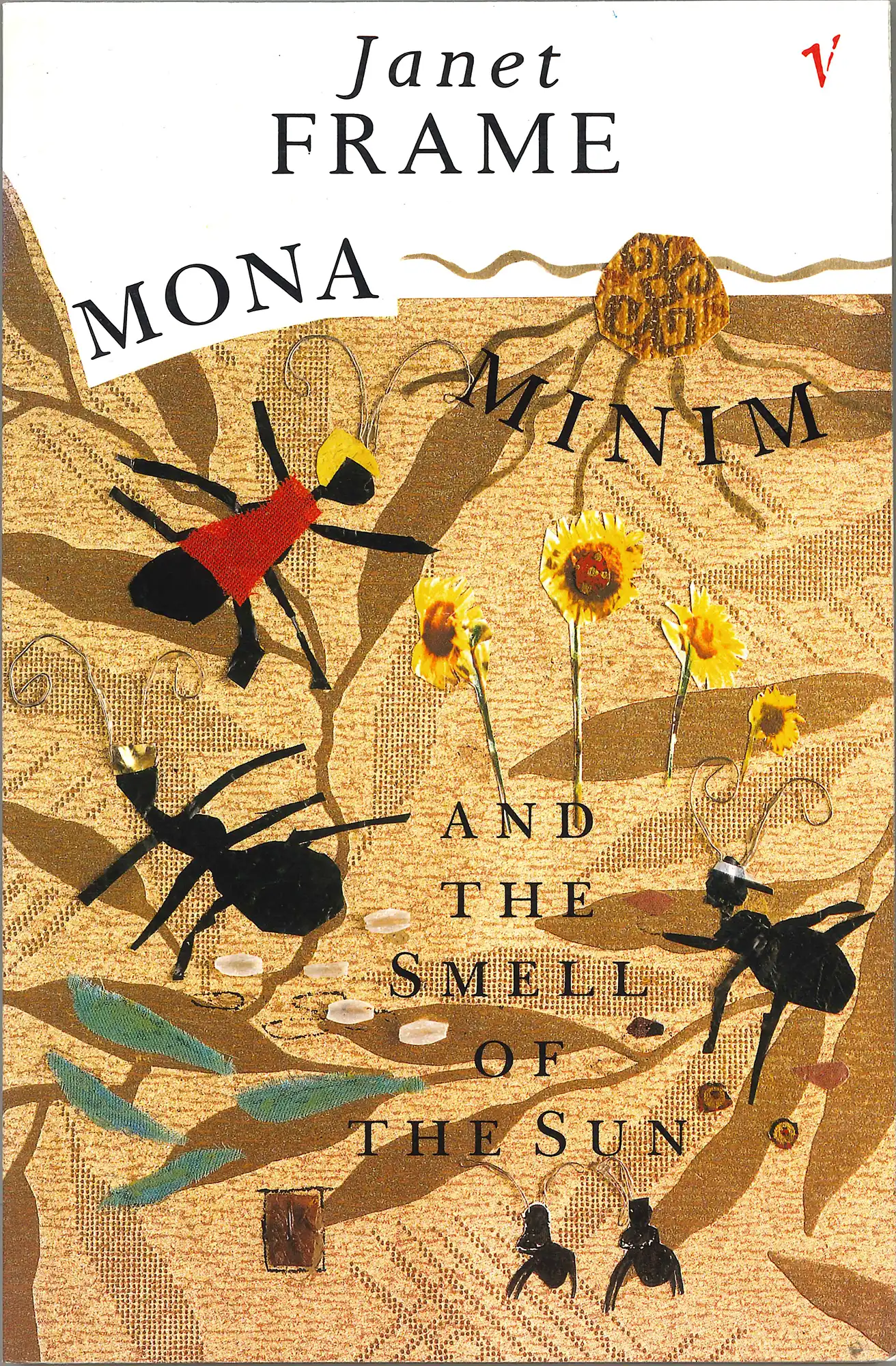
Janet Frame, Mona Minim and the smell of the sun. Auckland: Vintage New Zealand, 1992. SPRH 823 FRA

Janet Frame, Mona Minim and the smell of the sun. Auckland: Vintage New Zealand, 1992. SPRH 823 FRA
Open image in new window
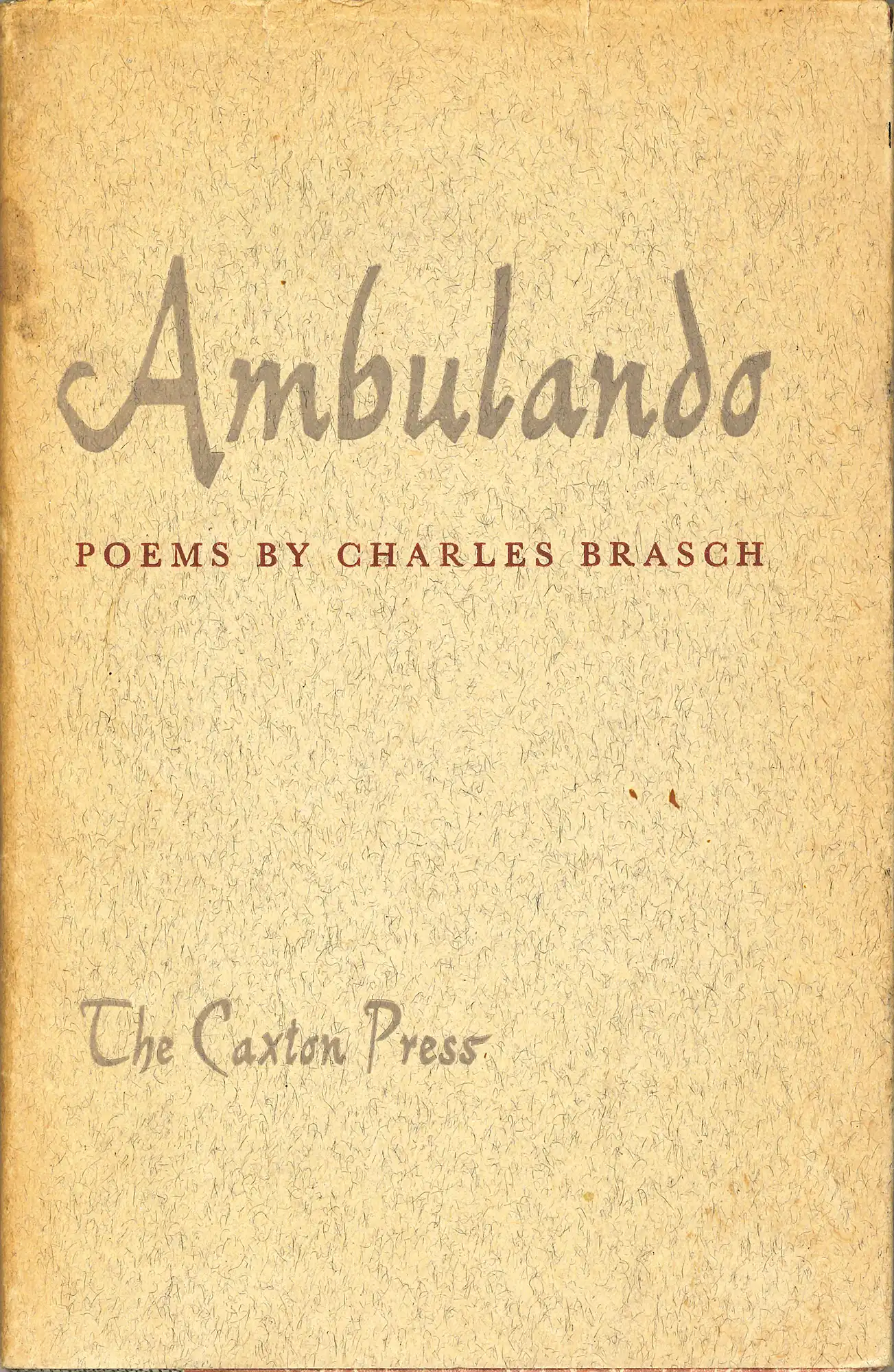
Charles Brasch, Ambulando. Poems. Christchurch: The Caxton Press, 1964. SPRH 821 BRA
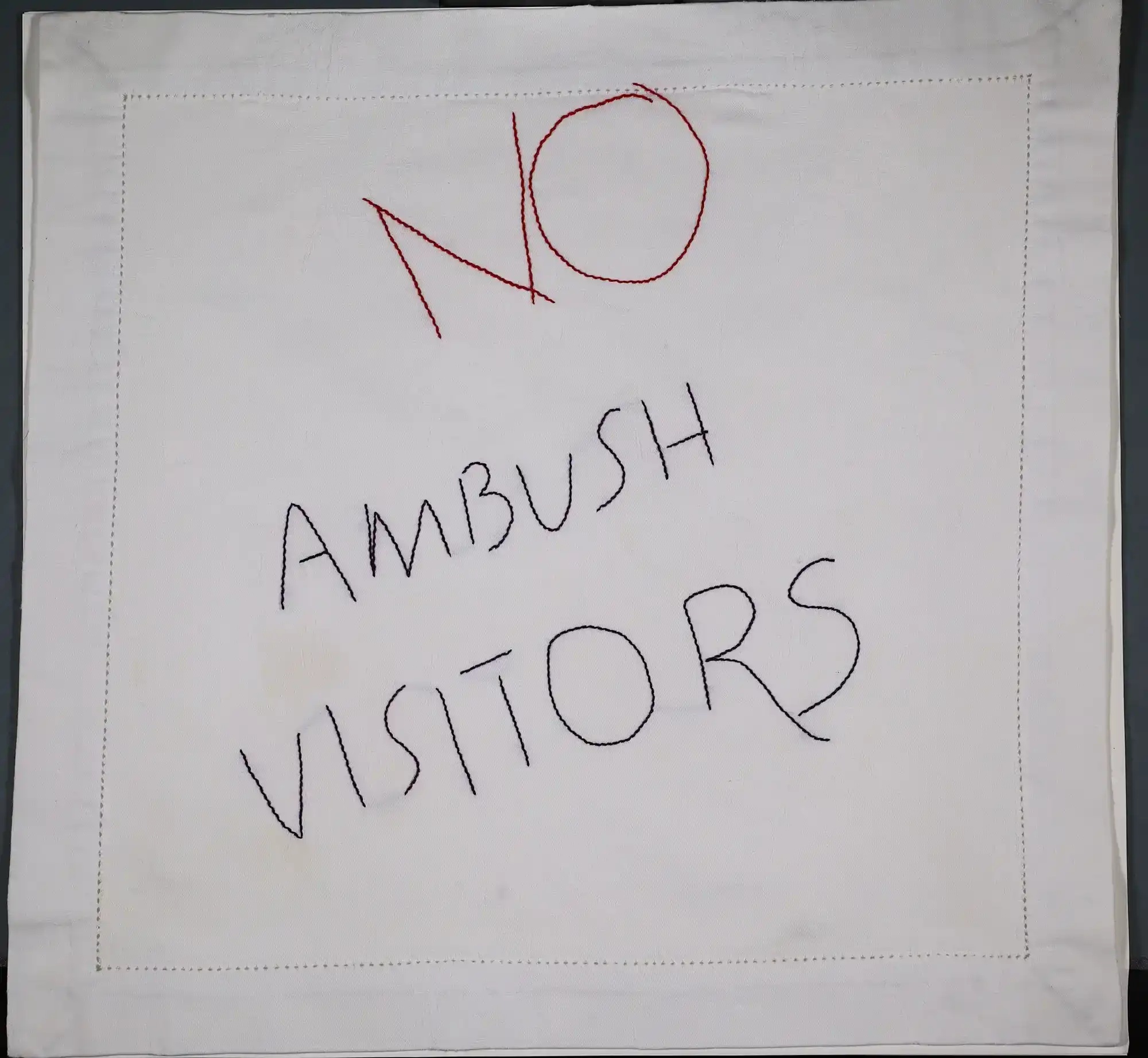
‘No Ambush Visitors’ embroidered cloth, c .2010. Private Collection
According to Pamela Gordon of the Janet Frame Trust, Janet Frame did not like people turning up at her door without prior notice. Her set policy was ‘No unsolicited visitors’. According to Mary McFarlane, Hotere appropriated the phrase making it ‘No Ambush Visitors’, which became part of his lingua franca, especially in the post-stroke phase. He continued to write phrases down on large napkins and in order not to lose them, McFarlane embroidered the text of each, following his hand. There were some twenty in total. One other fine example of their collaboration in visual textuality is in the carrell to the right (case 18): ‘Why don’t you…’.
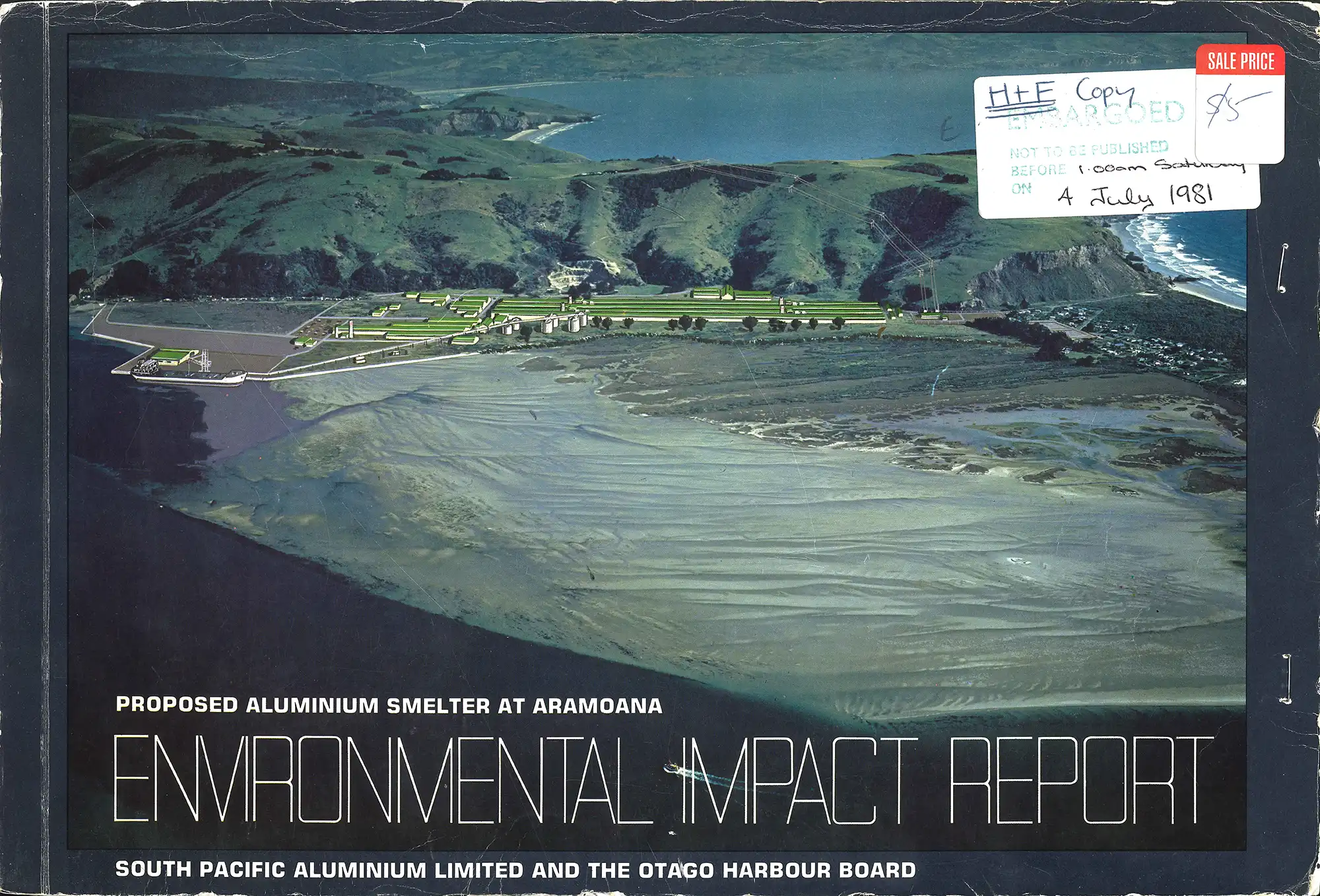
South Pacific Aluminium Limited and the Otago Harbour Board, Proposed aluminium smelter at Aramoana. Environmental impact report. Wellington: Commission for the Environment, 1981. SPHR 333.710993 SOU
One National party-led ‘Think-Big’ project that gained prominence in the late 1970s and early 1980s was the proposal to build an aluminium smelter at Aramoana. The City Council, the Harbour Board, and big businesses such as the New Zealand-based Fletcher-Challenge, Australia’s CSR limited, and the Swiss firm Alusuisse, were for it. Opposition was strong: the Labour Party, environmental groups, local iwi, students, and residents of Port Chalmers, of which Hotere was one. He flew a ‘Save Aramoana’ flag above his studio at Aurora Terrace and stencilled ‘Cyanidefects’ (coined by McQueen) along the fence. And he expressed his anger at the project through his art: the Aramoana series. At some point he obtained this bulky, at one time embargoed Environmental Impact Report, which offers, on its cover, an artist’s notion of what the smelter may have looked like if ever built. The project was abandoned in late 1981.

South Pacific Aluminium Limited and the Otago Harbour Board, Proposed aluminium smelter at Aramoana. Environmental impact report. Wellington: Commission for the Environment, 1981. SPHR 333.710993 SOU
Open image in new window
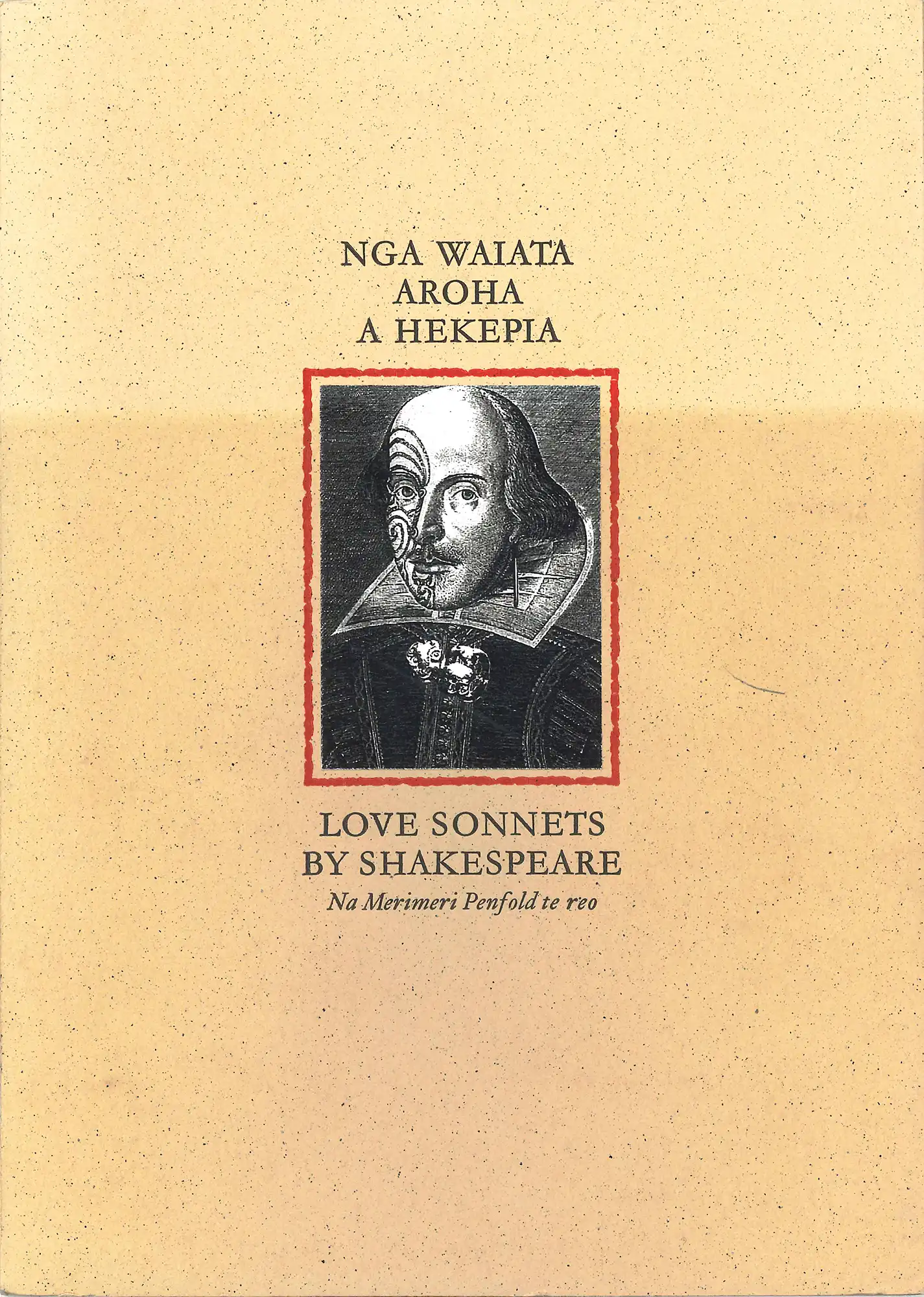
Nga waiata aroha a Hekepia. Love sonnets by Shakespeare. Auckland: Maori Studies Department, University of Auckland, 2001. SPRH 821 SHA
Aside from books, Hotere also obtained pamphlets, either by gift or purchase. After seeing Hotere in his Che Guevara t-shirt in a New Zealand Herald article, a friend sent through a copy of the Love sonnets by Shakespeare, writing that it was done by ‘that other National Treasure’ Merimeri Penfold (1920-2014), a kinswoman of his born in the North at Te Hāpua in 1920. The celebratory ‘Globe Theatre’ pamphlet contains effusive accounts of Hotere’s rich and powerful sets to plays performed, for example Baxter’s Temptations of Oedipus. It also records Hotere falling asleep and snoring in a play with onlookers shouting: ‘Wake him up!’. And finally, he owned a catalogue detailing the life and career of the Taranaki-based sculptor Don Driver (1930-2011).

Nga waiata aroha a Hekepia. Love sonnets by Shakespeare. Auckland: Maori Studies Department, University of Auckland, 2001. SPRH 821 SHA
Open image in new window
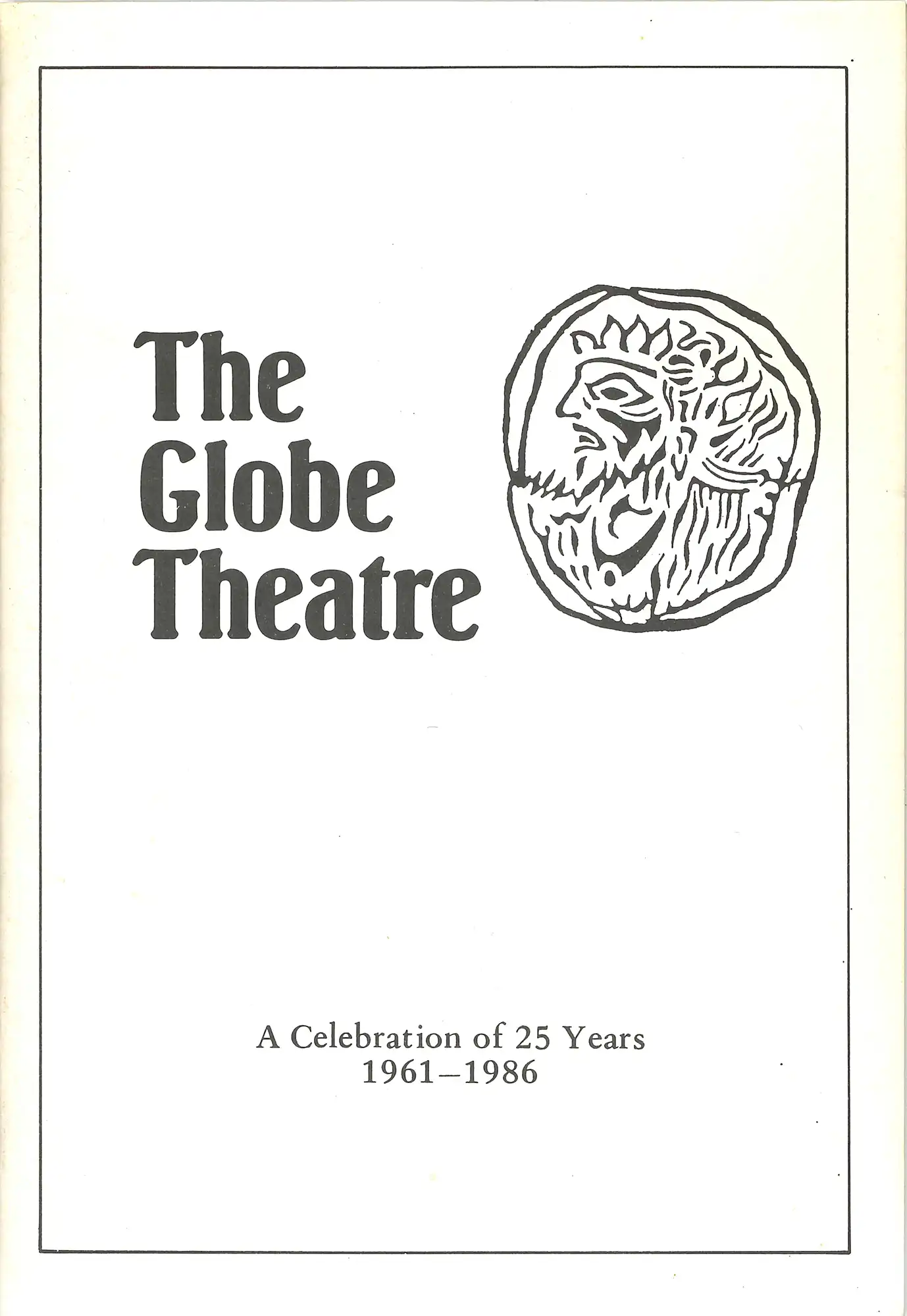
The Globe Theatre. A celebration of 25 years 1961-1986. Dunedin: University Extension, University of Otago, 1986. SPRH Pamphlet 792.0993 GLO

The Globe Theatre. A celebration of 25 years 1961-1986. Dunedin: University Extension, University of Otago, 1986. SPRH Pamphlet 792.0993 GLO
Open image in new window
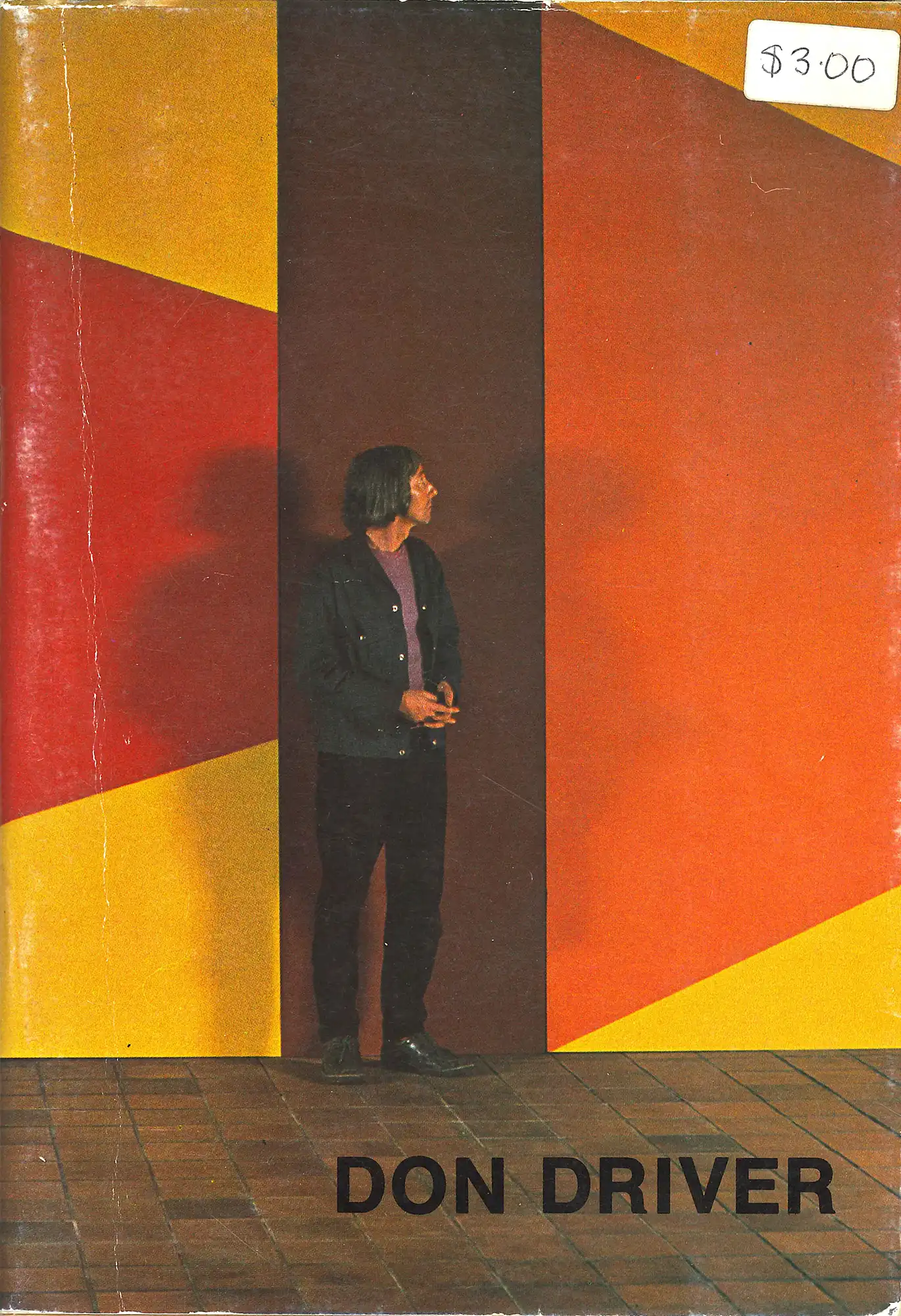
R. N. O’Reilly, Don Driver. A survey of his life and works. New Plymouth: Govett-Brewster Art Gallery, 1979. SPRH Pamphlet 709.93 DRI

R. N. O’Reilly, Don Driver. A survey of his life and works. New Plymouth: Govett-Brewster Art Gallery, 1979. SPRH Pamphlet 709.93 DRI
Open image in new window








